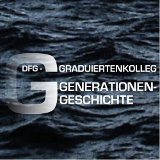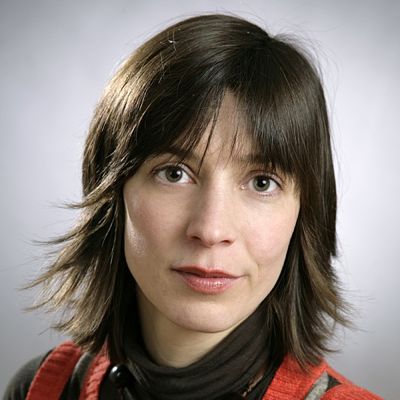Abstract Gwendolin Kremer
W.G. Sebald's term of "Zeitheimat" does not play an important role in art history. Generational identity seems to be but a rare artistic phenomenon. In the canon of well-established methods in art history the survey of generational relations is neglected or if it is considered at all, we only find an insufficient analytical handling of it.
From neighboring disciplines such as literature, sociology and history a generational model will be adopted and modified for the discipline of art history in my PhD project. For example, it may be helpful to transfer notions of family likeness as in Sigrid Weigel's concept of "family novels", Reinhard Koselleck's idea of "memory spaces" or, more generally ideas relating to "cultural memory" (Jan and Aleida Assmann). These concepts may prove to be essential for developing a generational model in the fine arts, since they are closely concerned with the theoretical parameters of "identity" and "tradition".
A number of selected protagonists in figurative painting in both East and West Germany will be positioned in their generational context. By analyzing their portraits and group paintings we may be able to find out more about their traditional references and their inter- and intragenerational relations. This is no easy task since this will be the first PhD project in the history of art since Wilhelm Pinder's "Das Problem der Generation in der Kunstgeschichte Europas" (1926) which uses generation as a category of analysis and as a way to connect with similar concepts in neighbouring disciplines. Artists in a figurative tradition from East and West Germany generations from 1945 to 1989 will be interviewed about their traditional horizons and their generational background. Their self-placement in certain trajectories of the artistic development may confirm accepted knowledge, but it is hoped that the generational perspective will open up unanticipated constellations and will provide a new understanding of the history of East and Western German art after World War II. Maybe, it is even possible to bring W.G. Sebald's term of "Zeitheimat" back into the art historian's methodology.

